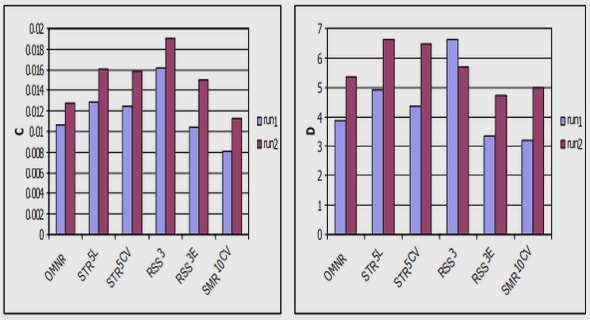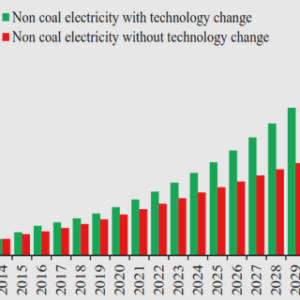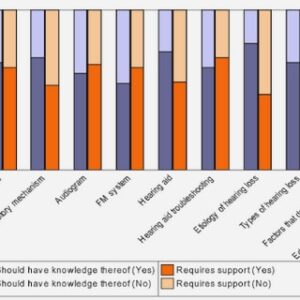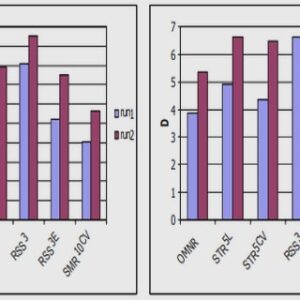(Downloads - 0)
For more info about our services contact : help@bestpfe.com
Table of contents
Chapter I Bibliographic synthesis
I.1 Introduction
I.2 Soil moisture
I.2.1 In situ measurements
I.2.2 Remotely sensed approaches
I.2.2.1 Soil moisture indices
I.2.2.1.1 Shortwave-based index
I.2.2.1.2 Thermal-based Index
I.2.2.1.3 Thermal/shortwave-based index
I.2.2.1.4 Microwave-based index
I.2.2.2 Soil moisture retrieval
I.2.2.3 Soil moisture missions
I.3 Land surface temperature
I.3.1 Remote sensing approaches
I.3.2 Spatio-temporal representativeness
I.4 Evapotranspiration
I.4.1 Direct measurements of ET
I.4.2 Factors conditioning ET
I.4.3 Remote sensing-based modelling approaches
I.4.4 Surface evaporative efficiency
I.5 Conclusion
Chapter II Data & study sites description
II.1 Introduction
II.2 Sites and in situ data description
II.2.1 Study areas
II.2.2 Meteorological data
II.2.3 In situ soil moisture data
II.2.4 In situ LST data
II.2.5 Flux data
II.3 Preprocessing satellite data
II.3.1 Satellite data characteristics
II.3.1.1 Landsat
II.3.1.2 Sentinel-1
II.3.1.3 MODIS
II.3.2 Data preprocessing
II.3.2.1 Thermal infrared (TIR) data
II.3.2.1.1 MODIS
II.3.2.1.2 Landsat
II.3.2.2 Radar imagery
II.3.2.2.1 Thermal noise removal
II.3.2.2.2 Radiometric calibration
II.3.2.2.3 Terrain correction
II.3.2.2.4 Filtering speckle effects
II.3.2.3 High resolution reflectances
II.4 Conclusion
Chapter III Models & methods
III.1 Introduction
III.2 Soil moisture indices (SMP)
III.3 Endmembers temperatures estimation
III.3.1 Modelling extreme temperatures: physically based energy balance model
III.3.2 Image based extreme temperature: contextual method
III.4 Integrating the SM indices to improve the water need estimates
III.4.1 Enhance Penman-Monteith method to estimate ET: thermal-based SMP
III.4.2 Calibration of the radar data to retrieve SM: radar/thermal based SMP
III.4.2.1 Benchmark approach: based only on radar data
III.4.2.2 New approach: combined radar/thermal data
III.4.3 Improve the spatio-temporal resolution of MODIS LST data: radar-based SMP
III.4.3.1 MLR technique
III.4.3.2 RTM technique
III.4.3.2.1 Model description
III.4.3.2.2 LST endmembers
III.4.3.2.3 Backscatter endmembers
III.5 Models evaluation
III.6 Conclusion
Chapter IV Results and discussions
IV.1 Introduction
IV.2 Consistency between image- and EBsoil-based extreme soil temperatures
IV.3 Wheat evapotranspiration using thermal/optical-based approach
IV.3.1 Relationship between surface resistance and stress index
IV.3.2 Evapotranspiration estimation at parcel scale
IV.3.3 Evapotranspiration mapping at perimeter scale
IV.3.3.1 Wheat stress index mapping at 100 m resolution
IV.3.3.2 Wheat evapotranspiration mapping at 100 m resolution
IV.3.3.3 Validation over flood and drip irrigation parcels
IV.4 Improving the LST spatio-temporal resolution
IV.4.1 Application to aggregated Landsat-7/8 data: R3 and Sidi Rahal sites
IV.4.2 Application to MODIS data: R3 area
IV.5 Surface soil moisture at parcel scale
IV.5.1 Sensitivity of VV- and VH-polarized data to soil moisture
IV.5.2 Relationship between thermal-derived SMPTs and radar signal
IV.5.3 SM estimation at high spatio-temporal resolution
IV.5.3.1 SM retrieval
IV.5.3.2 Sensitivity to temperature endmembers
IV.5.3.3 SM validation: Improvement of soil evaporation estimation
IV.6 Summary and conclusion
Conclusions and perspectives
Bibliography




